简体中文
繁體中文
English
Pусский
日本語
ภาษาไทย
Tiếng Việt
Bahasa Indonesia
Español
हिन्दी
Filippiiniläinen
Français
Deutsch
Português
Türkçe
한국어
العربية
What Are Mule Accounts? Understanding the Financial Crime
Abstract:A Mule account is one of the tools used in the financial society. While the term may sound harmless, mule accounts are a central component in money laundering, investment scams, and cyber fraud, enabling criminals to move illicit funds through the global financial system without detection.
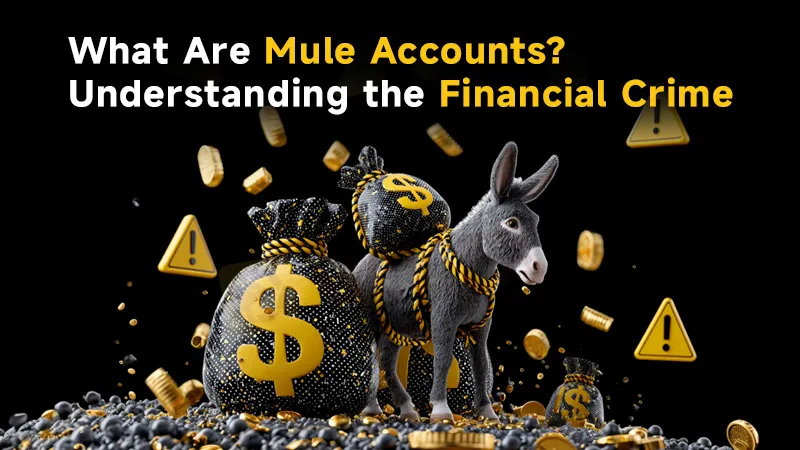
A Mule account is one of the tools used in the financial society. While the term may sound harmless, mule accounts are a central component in money laundering, investment scams, and cyber fraud, enabling criminals to move illicit funds through the global financial system without detection.
What Is a Mule Account?
A mule account refers to a bank or trading account used by criminals to transfer, receive, or hide illegally obtained money. The account holder may be a willing participant or an unwitting victim who believes they are performing a legitimate task, such as helping process payments for a job.
Essentially, a mule account acts as a buffer layer between the source of criminal funds and their ultimate destination, obscuring the money trail from regulators and law enforcement agencies.
How Mule Accounts Work
Money mules are recruited through various deceptive means, including:
- Fake job advertisements: Promising easy income for “processing transactions” or “acting as a local agent.”
- Romance scams: Victims are persuaded to receive and send funds on behalf of a supposed romantic partner.
- Social media and messaging apps: Fraudsters use platforms like Telegram, WhatsApp, or Facebook to recruit people with promises of quick commissions.
Once a victim agrees, criminals transfer illicit funds into the mules bank or trading account. The mule is then instructed to forward the money — often converting it into cryptocurrency or sending it overseas — keeping a small “commission.” In doing so, they unknowingly launder stolen money.
Types of Mule Accounts
There are typically three categories of mule accounts:
- Unwitting Mules: Individuals unaware they are laundering money, often victims of employment or romance scams.
- Witting Mules: People who suspect illegal activity but choose to ignore the warning signs.
- Complicit Mules: Fully aware individuals who willingly participate in criminal schemes for financial gain.
Why Mule Accounts Are Dangerous
Mule accounts dont just facilitate fraud, they also undermine financial stability and erode trust in digital banking and trading systems. They make it difficult for authorities to trace criminal proceeds and are often linked to:
- Investment scams
- Business email compromise (BEC)
- Identity theft
- Human trafficking and drug money laundering
Moreover, those who operate mule accounts face severe legal penalties. Even if someone claims ignorance, authorities in many countries hold account holders accountable for allowing their accounts to be used for money laundering.
How to Recognize and Avoid Mule Account Schemes
To protect yourself, its important to be aware of common red flags:
- Job offers requiring you to use your personal bank account for payments
- Online “friends” asking you to transfer money for them
- Promises of easy money with minimal effort
- Requests to share banking details with strangers
What Financial Institutions Are Doing
Banks and brokers worldwide are strengthening their anti-money laundering (AML) frameworks to detect mule accounts. Many now use:
- AI-based transaction monitoring
- Enhanced customer due diligence (CDD)
- Behavioral analytics to flag suspicious activity
Regulators such as the Financial Conduct Authority (FCA), Financial Crimes Enforcement Network (FinCEN), and AUSTRAC are also cracking down on mule networks by collaborating across borders to trace and freeze illicit funds.
Conclusion
Mule accounts might seem like a minor link in the global fraud chain, but they are crucial enablers of financial crime. By understanding how they work — and how to spot the warning signs — individuals and institutions can help prevent billions in losses tied to cybercrime and fraud.
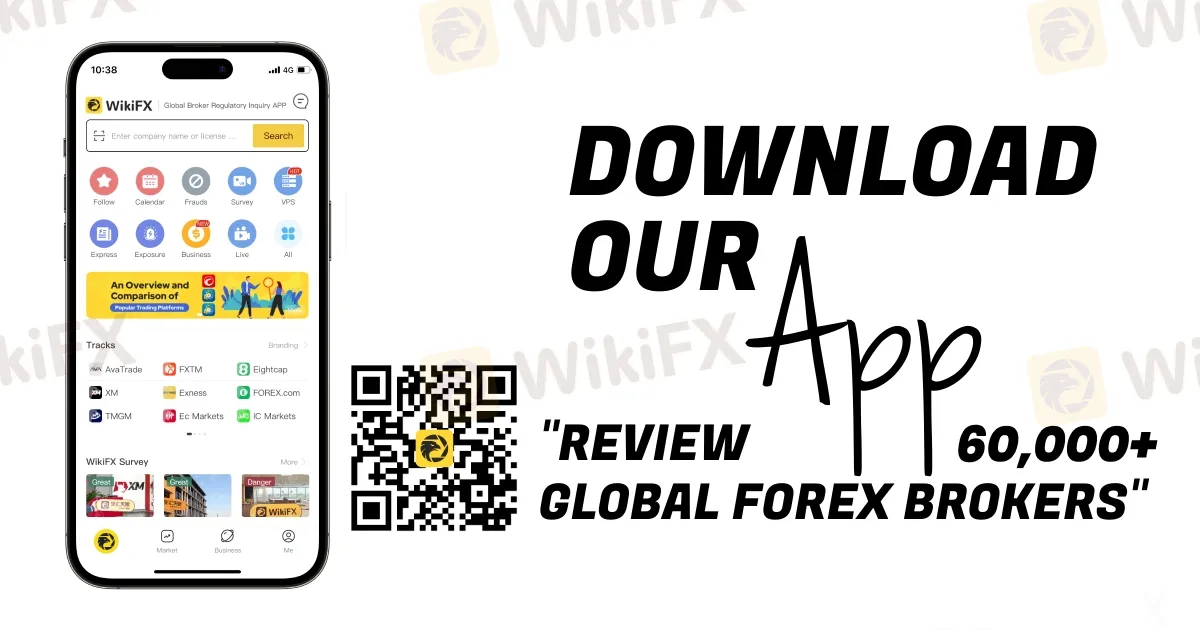
Disclaimer:
The views in this article only represent the author's personal views, and do not constitute investment advice on this platform. This platform does not guarantee the accuracy, completeness and timeliness of the information in the article, and will not be liable for any loss caused by the use of or reliance on the information in the article.
Read more
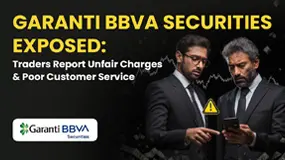
Garanti BBVA Securities Exposed: Traders Report Unfair Charges & Poor Customer Service
Have you been financially ruined through chargebacks allowed by Garanti BBVA Securities? Do you have to wait for hours to get your queries resolved by the broker’s customer support official? Did the same scenario prevail when you contact the officials in-person? Failed to close your account as Garanti BBVA Securities officials remained unresponsive to your calls? Many have expressed similar concerns while sharing the Garanti BBVA Securities review online. In this article, we have shared some complaints against the broker. Take a look!
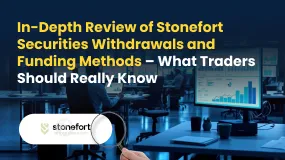
In-Depth Review of Stonefort Securities Withdrawals and Funding Methods – What Traders Should Really
For any experienced forex and CFD trader, the mechanics of moving capital are as critical as the trading strategy itself. The efficiency, security, and transparency of a broker's funding procedures form the bedrock of a trustworthy, long-term trading relationship. A broker can offer the tightest spreads and the most advanced platform, but if depositing funds is cumbersome or withdrawing profits is a battle, all other advantages become moot. This review provides a data-driven examination of Stonefort Securities withdrawals and funding methods. We will dissect the available information on payment options, processing times, associated costs, and the real-world user experience. Our analysis is anchored primarily in data from the global broker regulatory inquiry platform, WikiFX, supplemented by a critical look at publicly available information to provide a comprehensive and unbiased perspective for traders evaluating this broker.

MH Markets Deposits and Withdrawals Overview: A Data-Driven Analysis for Traders
For any experienced trader, the integrity of a broker is not just measured by its spreads or platform stability, but by the efficiency and reliability of its financial plumbing. The ability to deposit and, more importantly, withdraw capital without friction is a cornerstone of trust. This review provides an in-depth, data-driven analysis of the MH Markets deposits and withdrawals overview, examining the entire fund management lifecycle—from funding methods and processing speeds to fees and potential obstacles. MH Markets, operating for 5-10 years under the name Mohicans Markets (Ltd), has established a global footprint. With a WikiFX score of 7.08/10, it positions itself as a multi-asset broker offering a range of account types and access to the popular MetaTrader platforms. However, for a discerning trader, the real test lies in the details of its payment systems and the security of their funds. This article dissects the MH Markets funding methods withdrawal experience, leveraging pr
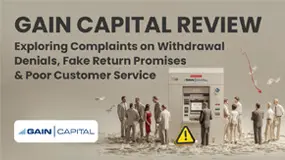
GAIN Capital Review: Exploring Complaints on Withdrawal Denials, Fake Return Promises & More
Is your forex trading experience with GAIN Capital full of financial scams? Does the broker disallow you from withdrawing your funds, including profits? Have you been scammed under the guise of higher return promises by an official? Does the GAIN Capital forex broker not have an effective customer support service for your trading queries? Concerned by this, many traders have shared negative GAIN Capital reviews online. In this article, we have discussed some of them. Read on!
WikiFX Broker
Latest News
GCash Rolls Out Virtual US Account to Cut Forex Fees for Filipinos
WikiFX's New Evaluation of ATM Capital LTD: Does its License Protect the Arab Investor?
How a Fake Moomoo Ad Led to the “New Dream Voyage 5” Scam
Is Axi Legit? A Data-Driven Analysis of Its Regulatory Standing and Trader Feedback
Trive Investigation: High Score, Hidden Risk - The Profit Paradox
In-Depth Uniglobe Markets Commission Fees and Spreads Analysis – What Traders Should Really Know
FXPesa Review: Are Traders Facing High Slippage, Fund Losses & Withdrawal Denials?
CMC Markets Australia Revenue Surges 34%, But High-Net-Worth Clients Face Tax Phishing Threat
The 350 Per Cent Promise That Cost Her RM604,000
INZO Commission Fees and Spreads Breakdown: A 2025 Data-Driven Analysis for Traders
Currency Calculator



